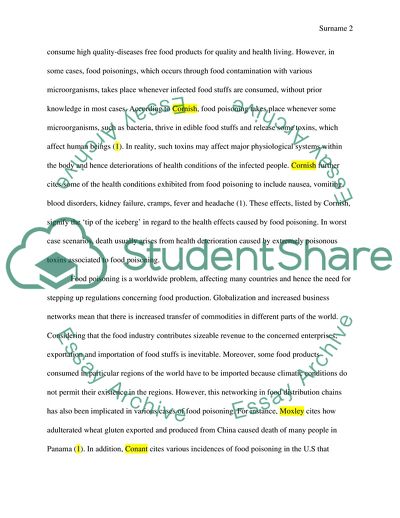Cite this document
(Food Safety through the Issue of Food Poisoning and Its Quality Case Study, n.d.)
Food Safety through the Issue of Food Poisoning and Its Quality Case Study. Retrieved from https://studentshare.org/family-consumer-science/1850912-food-satety
Food Safety through the Issue of Food Poisoning and Its Quality Case Study. Retrieved from https://studentshare.org/family-consumer-science/1850912-food-satety
(Food Safety through the Issue of Food Poisoning and Its Quality Case Study)
Food Safety through the Issue of Food Poisoning and Its Quality Case Study. https://studentshare.org/family-consumer-science/1850912-food-satety.
Food Safety through the Issue of Food Poisoning and Its Quality Case Study. https://studentshare.org/family-consumer-science/1850912-food-satety.
“Food Safety through the Issue of Food Poisoning and Its Quality Case Study”. https://studentshare.org/family-consumer-science/1850912-food-satety.


